Regulatory Compliance
Regulatory compliance is a critical driver influencing the Masterbatch Market. Governments worldwide are implementing stringent regulations regarding the use of additives and colorants in plastics, particularly in food packaging and medical applications. Compliance with these regulations is essential for manufacturers to ensure product safety and market access. As a result, there is a growing demand for masterbatches that meet these regulatory standards, which often require extensive testing and certification. Market data suggests that the increasing complexity of regulations is driving innovation in masterbatch formulations, as companies strive to develop compliant products without compromising on performance. This focus on regulatory adherence is likely to continue shaping the masterbatch market.
Sustainability Initiatives
The increasing emphasis on sustainability initiatives is a pivotal driver in the Masterbatch Market. As consumers and manufacturers alike become more environmentally conscious, there is a growing demand for eco-friendly masterbatches. This trend is reflected in the rising production of biodegradable and recyclable materials, which are increasingly incorporated into masterbatch formulations. According to recent data, the market for biodegradable plastics is projected to grow significantly, thereby influencing the masterbatch sector. Companies are investing in sustainable practices, which not only enhance their brand image but also align with regulatory requirements aimed at reducing plastic waste. This shift towards sustainability is likely to propel the demand for innovative masterbatch solutions that meet these environmental standards.
Technological Advancements
Technological advancements play a crucial role in shaping the Masterbatch Market. Innovations in production techniques, such as the development of more efficient compounding processes, have led to enhanced quality and performance of masterbatches. The integration of digital technologies, including automation and artificial intelligence, is streamlining operations and reducing costs. Furthermore, advancements in color matching and formulation technologies allow for greater customization, catering to specific customer needs. Market data indicates that the adoption of these technologies is expected to increase productivity and reduce waste, thereby driving growth in the masterbatch sector. As manufacturers continue to embrace these innovations, the overall efficiency and effectiveness of masterbatch production are likely to improve.
Customization and Personalization
Customization and personalization are emerging as significant drivers in the Masterbatch Market. As industries such as packaging, automotive, and consumer goods evolve, the demand for tailored masterbatch solutions is on the rise. Manufacturers are increasingly seeking masterbatches that can meet specific performance criteria, such as UV resistance, flame retardancy, or specific color requirements. This trend is supported by market data indicating that the demand for specialized masterbatches is growing at a faster rate than standard offerings. Companies that can provide customized solutions are likely to gain a competitive edge, as they can better meet the unique needs of their clients. This focus on personalization is expected to continue shaping the masterbatch landscape in the coming years.
Economic Growth in Emerging Markets
Economic growth in emerging markets is a significant driver for the Masterbatch Market. As these economies expand, there is an increasing demand for plastics across various sectors, including construction, automotive, and consumer goods. This growth is accompanied by a rising middle class, which is driving consumption patterns and increasing the demand for packaged goods. Market data indicates that regions experiencing rapid industrialization are likely to see a surge in masterbatch consumption, as manufacturers seek to enhance the quality and aesthetics of their products. Consequently, companies that strategically position themselves in these emerging markets may benefit from substantial growth opportunities in the masterbatch sector.
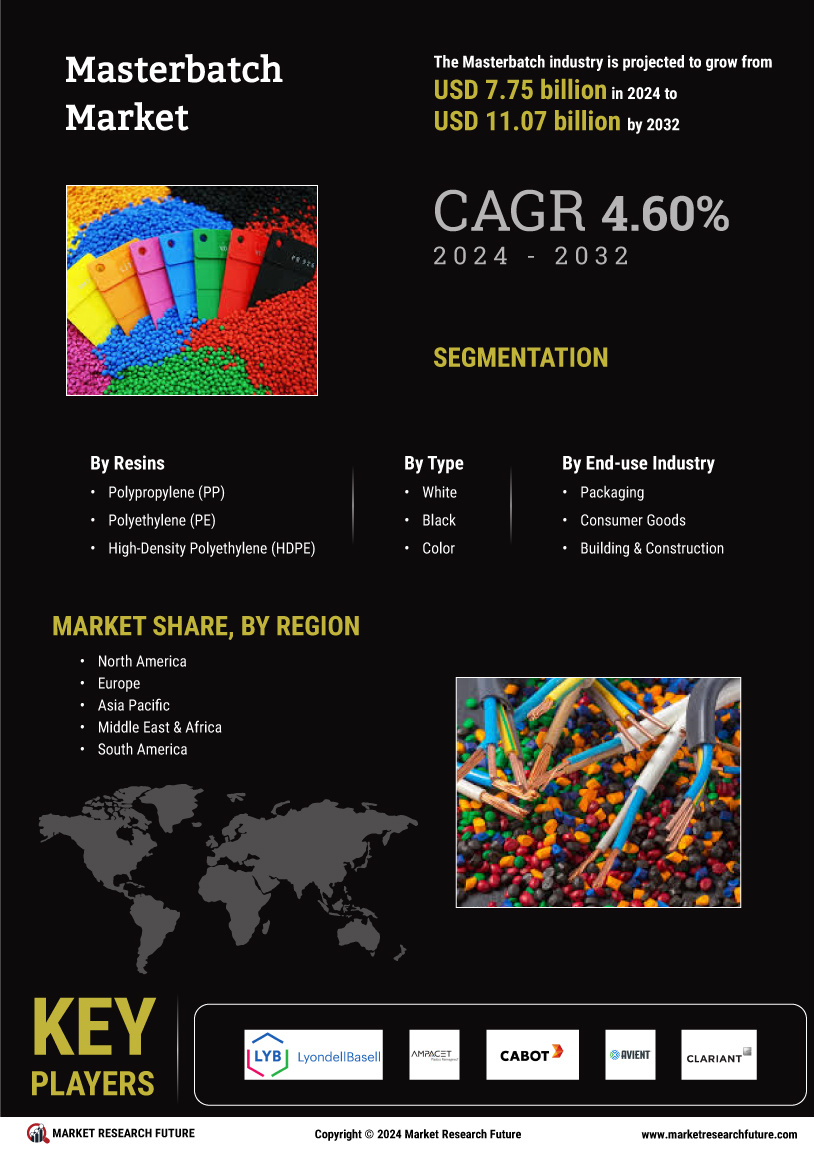

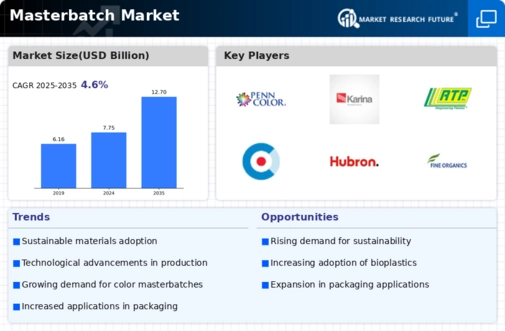
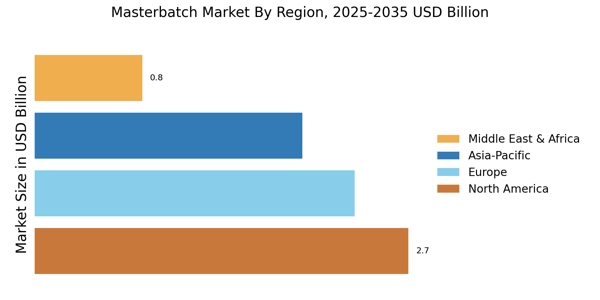
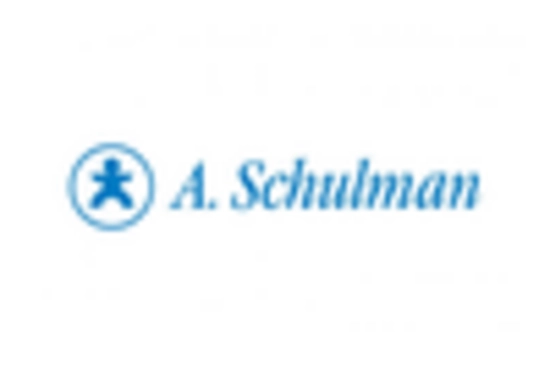
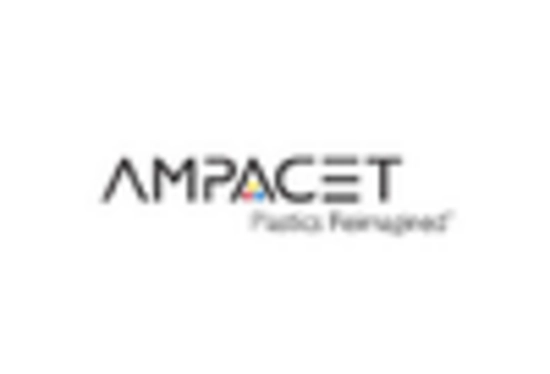

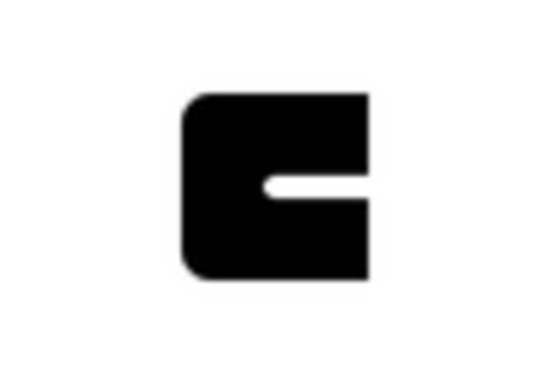
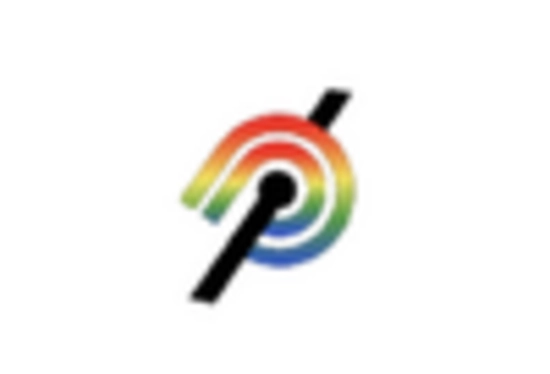









Leave a Comment